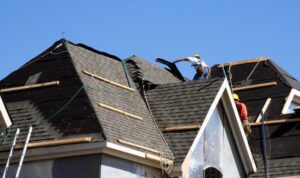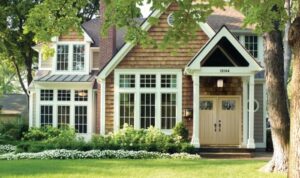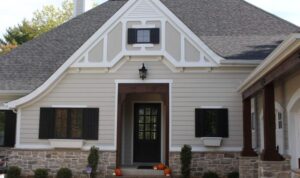Waterproof exterior paint solutions offer a crucial protective layer for your surfaces, ensuring durability and longevity. In this comprehensive guide, we delve into the various types, application techniques, factors to consider, and maintenance tips for these specialized paints. Let's embark on a journey to discover the best solutions for your exterior painting needs.
Types of Waterproof Exterior Paint Solutions
When it comes to protecting your exterior surfaces from the elements, waterproof exterior paint solutions are essential. These solutions come in various types, each with its own set of characteristics and benefits that cater to different surfaces like wood, concrete, or metal.
Acrylic Waterproof Paint
Acrylic waterproof paint is a popular choice due to its durability and flexibility. It forms a protective barrier that can withstand harsh weather conditions, making it ideal for wood and concrete surfaces. Additionally, acrylic paint is resistant to fading and mildew growth, ensuring long-lasting protection.
Elastomeric Waterproof Coating
Elastomeric waterproof coating is a thick, rubber-like paint that expands and contracts with the surface, making it perfect for areas prone to cracking or movement. This type of coating is best suited for concrete surfaces, as it provides superior waterproofing and can bridge small cracks effectively.
Epoxy Waterproof Paint
Epoxy waterproof paint is known for its high durability and chemical resistance, making it a great choice for metal surfaces. It forms a tough, protective layer that can withstand moisture, UV rays, and corrosion, ensuring the longevity of metal exteriors.
Oil-based Waterproof Paint
Oil-based waterproof paint is a traditional option that provides excellent adhesion and protection for wood surfaces. It offers a glossy finish and superior water resistance, making it suitable for outdoor wooden structures like decks and fences.
Silicone Waterproof Coating
Silicone waterproof coating is a breathable solution that allows moisture vapor to escape while preventing water infiltration. This type of coating is ideal for masonry surfaces like brick or stucco, as it provides long-lasting protection against water damage.
Application Techniques for Waterproof Exterior Paint
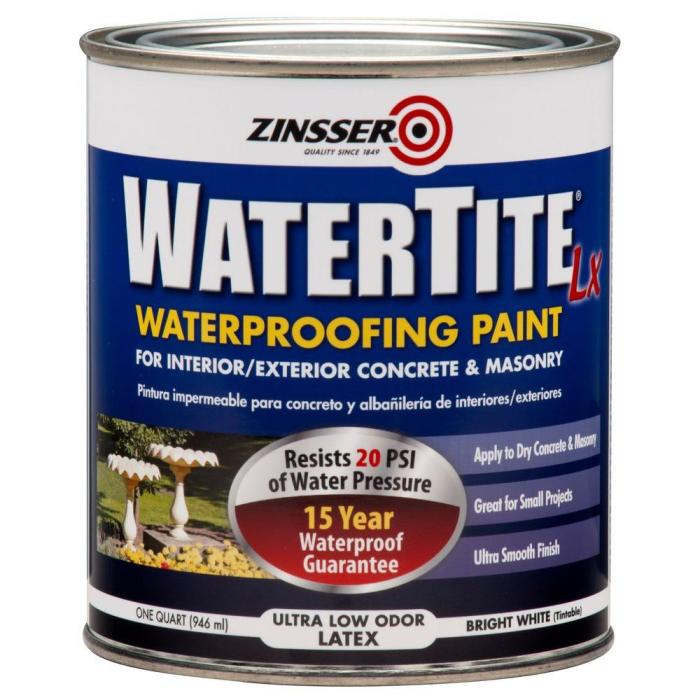
Proper application of waterproof exterior paint is crucial to ensure long-lasting protection for your home. Below is a step-by-step guide on how to apply waterproof exterior paint effectively.
Surface Preparation
Before painting, it is essential to prepare the surface properly for maximum adhesion and effectiveness of the waterproof paint.
- Clean the surface thoroughly to remove any dirt, dust, or debris.
- Repair any cracks or imperfections in the surface with a suitable filler.
- Sand the surface to create a smooth and even texture for better paint adhesion.
- Apply a coat of primer to seal the surface and improve paint adhesion.
Primer and Topcoat Layers
The application of primer and topcoat layers is essential for the success of the waterproof exterior paint.
- Primer: Apply a coat of high-quality primer to seal the surface, improve adhesion, and enhance the durability of the paint.
- Topcoat: Apply the waterproof exterior paint in thin, even layers to achieve the desired coverage and protection. Allow each coat to dry completely before applying the next one.
- Consider applying two or more coats of waterproof paint for added protection against moisture and the elements.
- Finish with a topcoat to provide additional protection and enhance the aesthetic appeal of the surface.
Factors to Consider When Choosing Waterproof Exterior Paint
When selecting the right waterproof exterior paint for a specific project, several key factors should be taken into consideration to ensure the best results
Durability and Longevity
Durability is a crucial factor to consider when choosing waterproof exterior paint. Look for paint brands that are known for their long-lasting formula and resistance to wear and tear. Brands that offer warranties on their products can also be a good indicator of durability.
Coverage and Application
Consider the coverage of the paint and how many coats are needed for complete protection. Some brands may require multiple coats for optimal waterproofing, while others offer better coverage with just one coat. Additionally, check the application process to ensure it is suitable for your project and expertise level.
Resistance to Weather Conditions
It is essential to choose a waterproof exterior paint that can withstand various weather conditions, including rain, sun exposure, and temperature fluctuations. Look for brands that are specifically designed to resist mold, mildew, and UV damage for long-lasting protection.
Color Retention and UV Protection
Color retention is another critical factor to consider, especially for exterior paints exposed to sunlight. Opt for paints that offer UV protection to prevent fading and discoloration over time. Brands that use high-quality pigments and additives for color retention are ideal for maintaining the aesthetic appeal of your property.
Maintenance and Longevity of Waterproof Exterior Paint
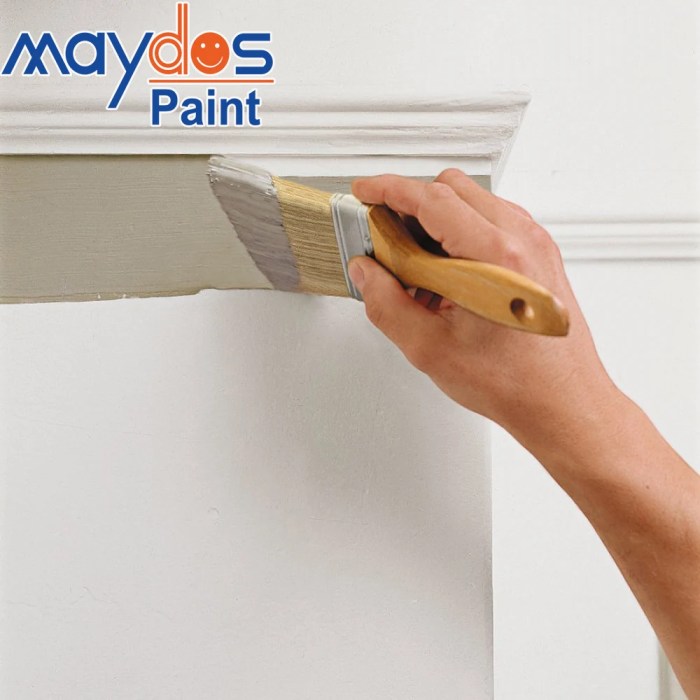
Proper maintenance is crucial to extending the life of waterproof exterior paint and ensuring its effectiveness in protecting surfaces. By following a few key practices, you can maximize the longevity of your paint job.
Regular Cleaning and Inspection
- Regularly clean the painted surface with mild soap and water to remove dirt, debris, and pollutants that can degrade the paint over time.
- Inspect the paint for any signs of wear, peeling, or cracking. Address these issues promptly to prevent further damage.
- Consider pressure washing the surface annually to maintain its appearance and remove any stubborn stains or mildew.
Repainting and Touch-Ups
While waterproof exterior paint is designed to be durable, it may still require repainting or touch-ups over time to maintain its protective properties.
- Repaint the surface every 5-10 years, depending on the quality of the paint used and the level of exposure to harsh weather conditions.
- Perform touch-ups as needed to cover small areas of damage or wear, such as scratches or chips, to prevent moisture infiltration.
Identifying Signs of Wear and Damage
- Look for signs of fading, peeling, or bubbling on the painted surface, which indicate that the waterproofing properties are compromised.
- Check for moisture or water stains on the interior walls, as these could be a sign of water penetration through the exterior paint.
- Inspect the caulking around windows, doors, and other openings for cracks or gaps that may allow water to seep behind the paint.
Outcome Summary

As we conclude our exploration of waterproof exterior paint solutions, it's evident that choosing the right type, applying it correctly, and maintaining it diligently are key to preserving the beauty and integrity of your surfaces. Armed with this knowledge, you're ready to make informed decisions for your next painting project.
User Queries
Which type of waterproof exterior paint is best for wood surfaces?
Acrylic-based waterproof paints are ideal for wood as they provide flexibility and protection against moisture.
How often should waterproof exterior paint be repainted?
Depending on weather conditions and wear, it's recommended to repaint every 5-7 years for optimal protection.
Do all waterproof exterior paints offer UV protection?
Not all waterproof paints include UV protection, so it's important to check the product specifications before purchase.

